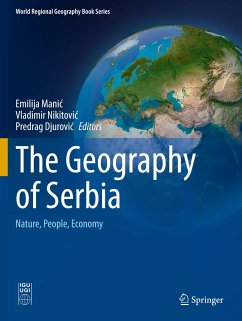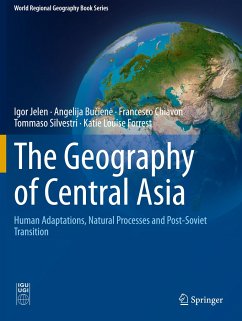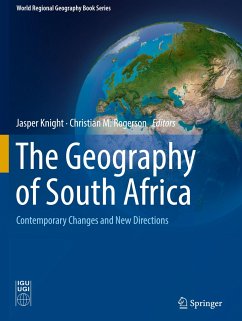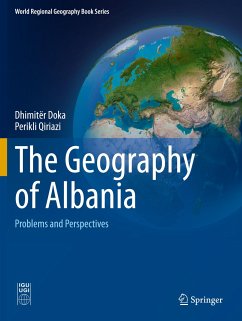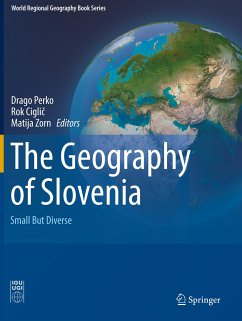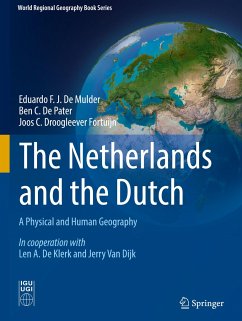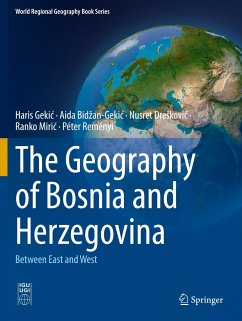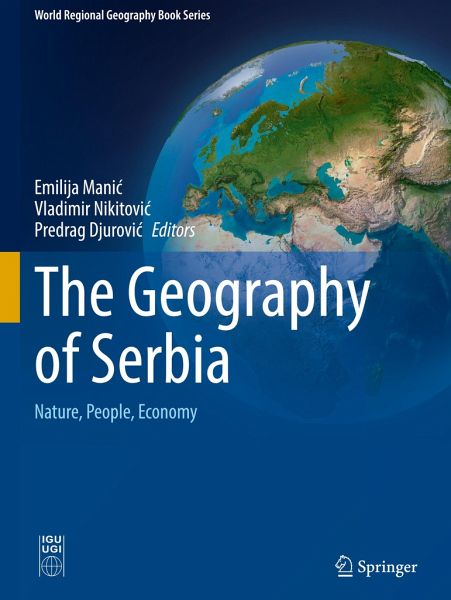
The Geography of Serbia
Nature, People, Economy
Herausgegeben: Manic, Emilija; Nikitovic, Vladimir; Djurovic, Predrag

PAYBACK Punkte
46 °P sammeln!
This is a comprehensive regional geography synthesis of the most important physical and human spatial processes that shaped Serbia and led to many interesting regional issues, not only to Serbia but to the Balkans and Europe. The book provides an overall view on the Serbian physical environment, its population and economy. It also highlights important regional issues such as regional disparities and depopulation, sustainable development and ecological issues and rural economy in the context of rural area development, which have been shaped by different political and historical processes.This h...
This is a comprehensive regional geography synthesis of the most important physical and human spatial processes that shaped Serbia and led to many interesting regional issues, not only to Serbia but to the Balkans and Europe. The book provides an overall view on the Serbian physical environment, its population and economy. It also highlights important regional issues such as regional disparities and depopulation, sustainable development and ecological issues and rural economy in the context of rural area development, which have been shaped by different political and historical processes.
This highly illustrated book provides interesting and informative insights into Serbia and its context within the Balkans and Europe. It appeals to scientists and students as well as travelers and general readers interested in this region.
This highly illustrated book provides interesting and informative insights into Serbia and its context within the Balkans and Europe. It appeals to scientists and students as well as travelers and general readers interested in this region.



